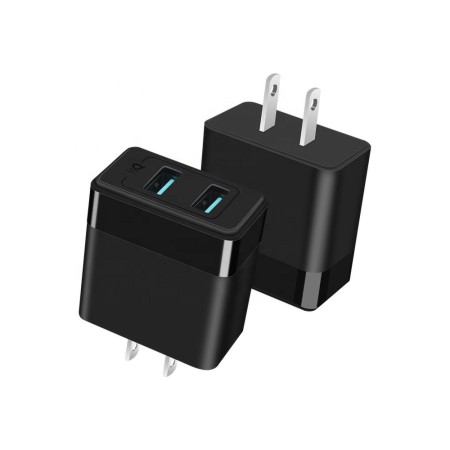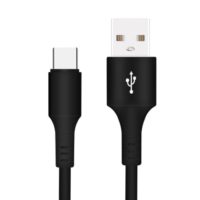How to purchase a good USB charger?
USB-powered devices go with us everywhere and it’s important to stay connected. However, not all chargers or cables are created equal. What should you consider when choosing the best USB charging solutions? What’s all this talk about amps, volts, and rapid charging? Keep reading, and let us help you make sense of it all.
How do USB chargers work
Today USB chargers are remarkably small for the current they can supply. This means that even though these USB chargers are small and can fit into a small bag or briefcase without taking up much space, they can still charge up a number of items very quickly.
The chargers have a power supply within them. This utilizes switch-mode technology which provide for very low losses and small sizes.
As USB chargers use switch-mode power supply technology where the losses are very low (often 85% or more), little heat is dissipated and this means much smaller components can be used.
Another advantage of the USB chargers is that they are standardized. The voltage out is always 5 volts, and this means that a host of devices can use them. All the battery monitoring and charge completion circuitry are held in the device under charge – it just switches off the charge supply from the battery itself when it has finished.
How to choose the best USB charger
There are many different USB chargers that are available from many stockists. Trying to buy the best one for any given purpose is not always easy, but by looking carefully at what is needed and what is available, the choice can become a little easier.
There are many points to note when choosing the best USB charge to buy for your needs.
1. The number of ports: One of the major considerations when buying a USB charger is the number of ports that will be needed. There are chargers with 1, 2, 4, and even 8 or more ports. It is worth considering how many devices you might want to charge at any given time and then add a little more for future-proofing. That said, the more ports the higher the cost and larger it will be.
2. Power output: The power output is normally measured in watts – the higher number of watts, the more power that can be supplied. Assuming the output is five volts and watts, = volts x amps, then it is easy to work out the total current. A 40-watt charger could give a total of 40 / 5 amps = 8 amps – but this is across all four ports. It is worth looking carefully at the limits for each port as you may want to have one or more ports that can support higher current levels. It is worth taking a good look at this before you buy a particular USB charger.

3. Style/shape/color: The style, size, and shape may be important. If you want to slip the charger into a pocket, then a small one, typically with fewer ports may be the order of the day. However, if space is not such an issue, then a larger one with more ports may be more suitable. Also the style and color may be important for some – naturally, this should also be considered.
4. Intelligence: Many USB chargers incorporate intelligent technology and this enables them to recognize the attached device and automatically deliver the correct amount of power. Other USB chargers can offer slow and fast-charging ports. You can then connect the phone, tablet, or other devices to the most appropriate output.
5. Input voltage range: If you travel and want to take the charger with you, make sure it can operate over the full voltage range of 100 to 240V. Most USB chargers will be able to achieve, this but it is worth checking as some on the market only operate at voltages down to about 180 volts. Also, be aware that some that can operate down to 100 volts may have a small reduction in output current at this input level.
6. Wall chargers: Wall chargers are a form of USB charger where the plug forms part of the main charger assembly and there is no wire from the charger to the mains or line power socket. In this way, a wall USB charger will sit on the wall at the point of the mains socket. This may or may not be convenient for any particular situation.
7. Mains/line socket: Some USB chargers will have an adapter allowing the USB charger to directly plug into wall sockets wherever you are. It is often not a problem if you are traveling as it is likely that plug adapters will be needed anyway.
Before buying a USB charger, it is best to work out what you want. How much power is needed, and how many devices you may need to attach at any one time. Style, color, size, and various other aspects will then make the choice of which USB charger to buy much easier.







Leave A Comment